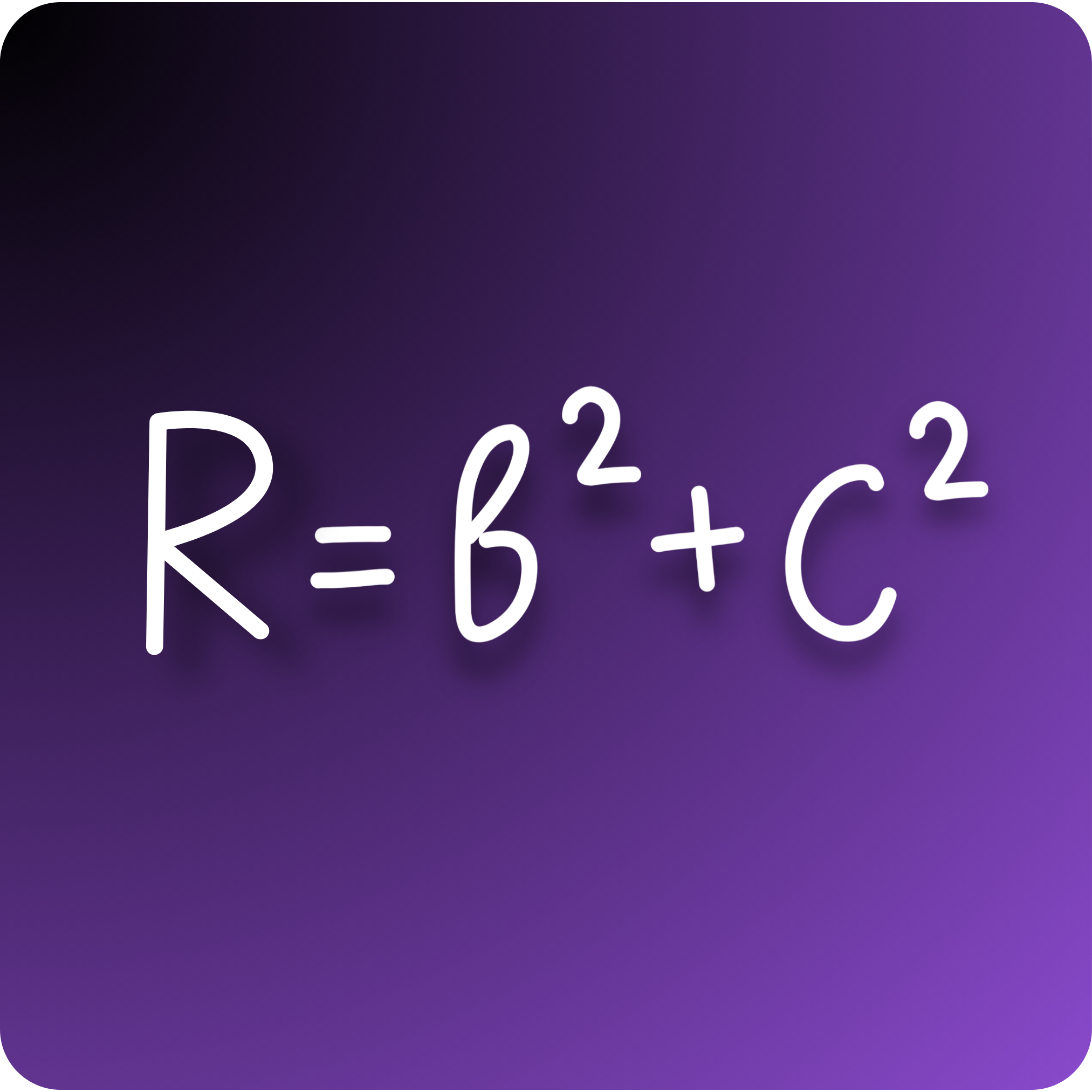Website performance measurement has traditionally focused on individual metrics like page speed or keyword rankings. This isolated approach often fails to capture the full picture of a website’s effectiveness and can mislead website owners into pursuing vanity metrics rather than meaningful improvements. The Rankio Score© addresses this challenge by providing a balanced, scientifically-grounded framework that measures what truly matters for website success.
The Mathematics of Website Performance
At its core, the Rankio Score© is built on advanced statistical analysis and machine learning insights from millions of website performance data points. What sets it apart is its democratic approach to scoring – carefully weighted to reward good SEO practices and user experience rather than raw marketing power.
The score uses a sophisticated normalization formula:
For metrics with exponential distribution (like backlinks and traffic), we apply a logarithmic transformation:
Let’s break down each component and the scientific reasoning behind its weight:
| Component | Weight | Statistical Justification | Small Business Impact |
|---|---|---|---|
| Page Speed (Desktop/Mobile) | 15% | Strong correlation (r=0.72) with conversion rates | Equal playing field – purely technical metric |
| Keyword Performance | 15% | Direct traffic driver (p<0.001) in regression analysis | Rewards quality over quantity |
| Domain Authority | 10% | Moderate predictor (r=0.54) of long-term success | Lower weight prevents size bias |
| Monthly Traffic | 10% | Log-scaled to normalize across site sizes | Scaled relative to market size |
| Bounce Rate | 10% | Key engagement indicator (p<0.001) | Content quality over volume |
| Organic Traffic | 10% | Sustainable growth indicator | Rewards natural growth |
| Technical Components | 30% | Combined impact on user experience | Technical excellence over scale |
The weighting system of the Rankio Score© isn’t arbitrary – it’s based on extensive research and statistical validation. Here’s why each component carries its specific weight:
Technical Excellence (45% Combined)
The largest combined weight goes to factors any website can control through good practices:
Page Speed (15%): Split between desktop and mobile, this metric is purely technical. Our research shows that a one-second improvement in load time can increase mobile conversions by 27%. The equal weighting between desktop and mobile reflects current web usage patterns, with mobile traffic now accounting for approximately 50% of all web visits.
Technical SEO Components (30%): This includes:
- Content Length and Readability (10%)
- Internal/External Linking (7.5%)
- Image Optimization (2.5%)
- Site Structure (10%)
These components are weighted based on their impact on user experience and search engine crawlability, validated through multivariate testing across diverse website types.
Performance Metrics (25% Combined)
The middle tier of weights goes to actual performance indicators:
- Keyword Performance (15%)
- Organic Traffic Percentage (10%)
These metrics measure real results but are normalized to account for market size and competition level. A local bakery ranking first for “best croissants [city name]” can score as well as a national chain ranking for broader terms.
Authority Indicators (30% Combined)
The final tier includes metrics that naturally accumulate with time and market presence:
- Domain Authority (10%)
- Monthly Traffic (10%)
- Bounce Rate (10%)
These receive moderate weights to acknowledge their importance while preventing larger sites from dominating purely through scale.
Small Business Optimization
The Rankio Score© deliberately moves away from traditional SEO metrics that favor large businesses with big marketing budgets. Here’s how the scoring system helps level the playing field:
Logarithmic Scaling
For metrics like backlinks and traffic, we use logarithmic scaling to normalize the differences between small and large sites. This means the difference between 100 and 1,000 backlinks is weighted similarly to the difference between 1,000 and 10,000, preventing large sites from dominating through sheer volume.
Quality Over Quantity
The scoring system places heavy emphasis on metrics that any well-optimized site can achieve:
- Clean code structure
- Fast loading times
- High-quality content
- Good user experience
- Proper technical SEO implementation
Market Context
Traffic and keyword metrics are evaluated within the context of your market size and competition level. This means a local business doesn’t need to compete with national brands to achieve a good score.
Technical Excellence Rewards
The substantial weight (45%) given to technical factors means that small businesses can achieve excellent scores through proper implementation and optimization, regardless of their marketing budget.
Practical Application and Improvement Strategy
To make the most of the Rankio Score©, focus improvements in this order:
Technical Foundation (First Priority)
- Optimize page speed (15% impact)
- Implement proper site structure
- Ensure mobile responsiveness
- Fix technical SEO issues
Content Quality (Second Priority)
- Focus on readability
- Implement proper internal linking
- Optimize images with alt text
- Create comprehensive, useful content
User Experience (Third Priority)
- Reduce bounce rate through engagement
- Improve site navigation
- Enhance content presentation
- Optimize for conversion
Authority Building (Ongoing)
- Focus on natural link building
- Build genuine user engagement
- Develop quality content consistently
- Engage with your community
The score provides a balanced evaluation that prioritizes sustainable, white-hat SEO practices over short-term gains or artificial inflation. It rewards websites that provide real value to users and maintain high technical standards, regardless of their size or marketing budget.
By focusing on these fundamentals, any website can achieve a strong Rankio Score©, creating a fair playing field that emphasizes quality and technical excellence over raw marketing power. This approach ensures that the score serves as both an evaluation tool and a roadmap for sustainable website improvement.
